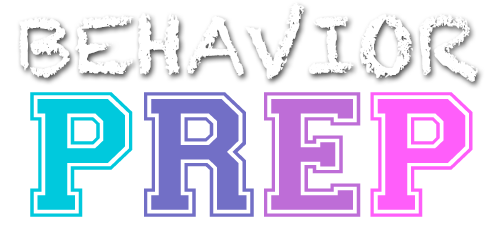B.16 Identify examples of motivating operations
In applied behavior analysis (ABA), motivating operations (MOs) refer to environmental events or conditions that alter the value or effectiveness of a reinforcer or punisher, thereby influencing the likelihood of a behavior occurring. MOs can be categorized as either establishing operations (EOs) or abolishing operations (AOs), depending on whether they increase or decrease the reinforcing or punishing value of a stimulus. Here are the definitions and examples of motivating operations:
Establishing Operation (EO)
An establishing operation is an event or condition that increases the value or effectiveness of a reinforcer, making a behavior more likely to occur.
Example: If a person is hungry (establishing operation), food becomes more reinforcing. In this case, the individual is more likely to engage in behaviors such as seeking and consuming food
Abolishing Operation (AO)
An abolishing operation is an event or condition that decreases the value or effectiveness of a reinforcer, making a behavior less likely to occur.
Example: If a person has recently eaten a large meal (abolishing operation), food may become less reinforcing. In this case, the individual is less likely to engage in behaviors related to seeking or consuming food.
Establishing Operation – Escape/Avoidance (EO-E/A)
An EO-E/A is an event or condition that increases the value or effectiveness of escape or avoidance behaviors. It makes escaping or avoiding an aversive stimulus more reinforcing.
Example: If a student is experiencing loud noises in the classroom (EO-E/A), engaging in escape behaviors such as covering their ears or leaving the classroom may be more reinforcing. The student is motivated to engage in these behaviors to remove or avoid the aversive noise..
Abolishing Operation – Satiation (AO-S)
An AO-S is an event or condition that decreases the value or effectiveness of a reinforcer due to satiation or overexposure.
Example: If a child has been playing with a particular toy for an extended period (AO-S), the reinforcer value of that toy may decrease. As a result, the child is less motivated to engage in behaviors related to playing with that specific toy.
Motivating operations are important to consider in behavior analysis as they influence the effectiveness of reinforcers and punishers, which in turn affect behavior. By understanding how motivating operations influence behavior, behavior analysts can modify environmental conditions to promote desired behaviors or reduce unwanted behaviors.
